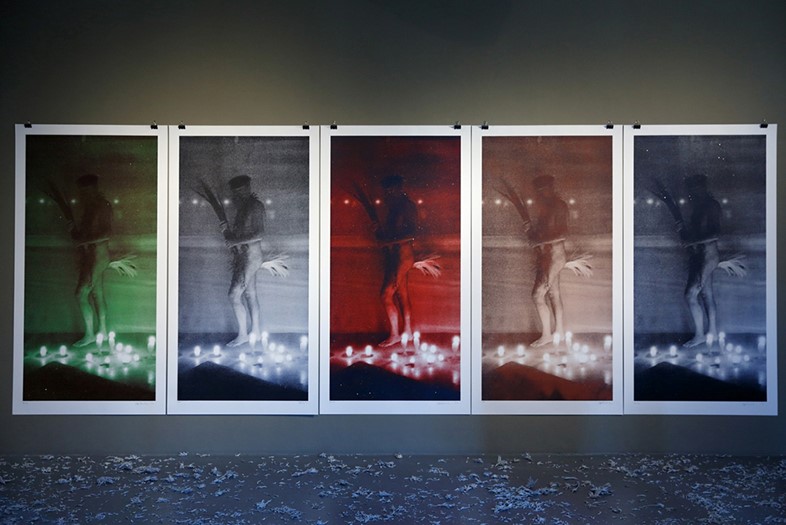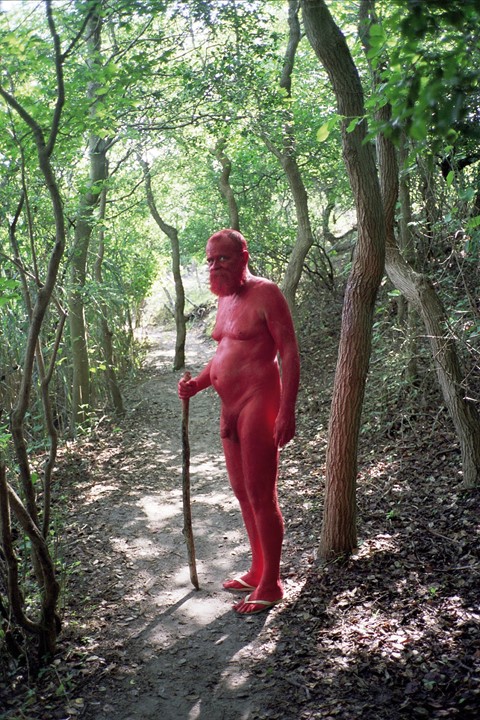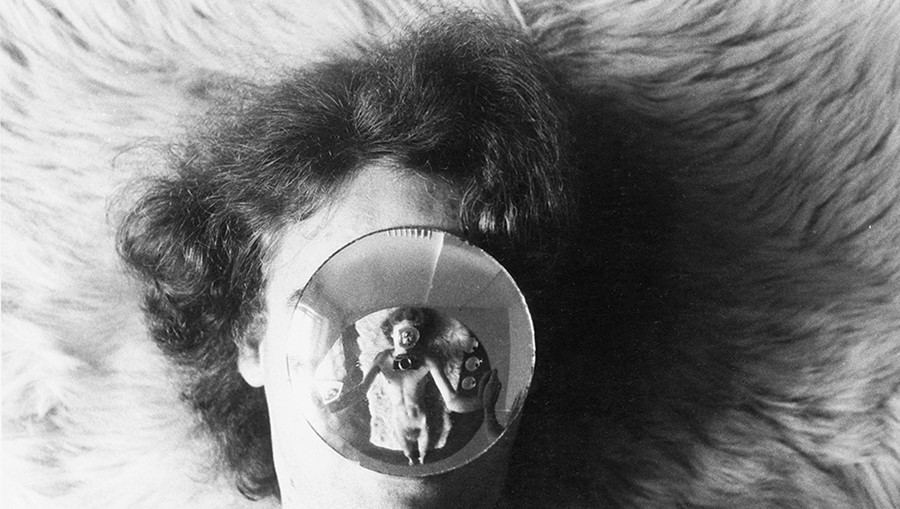Pioneer of Queer art, AA Bronson discusses the imperative importance of self-expression for the new generation of gay artists
“Certainly the traditional role of the artist is as an ego-ridden maniac, in a way, a kind of superhero with special powers. The way in which I have been working is the opposite of that, almost as a peer to the younger people that get in touch with me. When I started to move into the more spiritual realm with my practice, there were suddenly a lot of young artists interested in what I was doing, wanting to meet or just have a cup of tea, which then led to a lot of collaborations.
For me, I think this collaboration and interaction in some way comes back to being gay and to the AIDS epidemic of the late ‘70s and through the ‘80s. I am of the first generation to be openly gay. It was the generation that initiated the AIDS organisations, but also gay and lesbian centres. While I was in the midst of that first ‘out’ community, recently I have realised that I never had anybody to look up to – I never knew a gay man older than myself. I have realised, as I’ve got older, how much I wished I had.

One thing that I feel now, with so many gay men of my generation having died, is that it becomes increasingly my responsibility to be available. That is simply a given for me – in order to keep Queer history intact. I think it is incredibly important to allow storytelling to happen.
Queer ‘zines are a very strong way of doing that, of communicating and of creating a community, something I have always been interested in. When the DIY punk ‘zine culture rose to the surface in the ‘70s, it was also the beginning of Queer self-publishing. Often it came from people who would not consider themselves ‘gay’ in the ‘gay liberation’ sense, but perhaps more ‘Queer’. Today it is a similar thing, Queer ‘zines are often created by people who do not align with mainstream gay culture and do not see literature that represents them. They feel they have to do their own storytelling in order to connect with other like-minded people.

When you look back at the punk ‘zines, the big place for them was London with a few from New York, Toronto and LA. The more recent mini-explosion of Queer ‘zines, which I think can be traced back to the success of Butt Magazine, has meant they are popping up everywhere. Almost every major city in the world has at least one Queer ‘zine. There have been Queer ‘zine exhibitions in Tokyo, in Australia, it has been a pretty pervasive domino effect.
I think that’s a very healthy thing, especially for a younger Queer audience. It is important for young gay people to see that they can exist outside of mainstream bars, clubs and gay media. I want them to know that there is an alternative and that there is still a very strong sense of community”.

Pioneering Queer artist, influential curator, a continued supporter of independent publishing, connector of cross-generational artists and a practicing shaman, AA Bronson is a considered, multi-faceted figure that has both shaped and defined contemporary culture through his work.
Initially a member of General Idea, the forward thinking art collective working between 1967 and 1994 which ceased to be after the passing of the two other members – Felix Partz and Jorge Zontal - from AIDS in the 90s, AA has subsequently reframed his output, while still maintaining the values General Idea put in place.

Collaboration and spirituality were then, and still are very much, at the core of AA’s work with his exhibitions often featuring other artists and participatory or collaborative elements. In his first solo show at Maureen Paley, Hexenmeister, he exhibits both collaborative and commissioned works, alongside his own current, and archival General Idea, works.
The inclusion of the Queer ‘zine collection, shown in a studious library-like setting as part of Hexenmeister, is testimony to this continued interest. AA has chosen to showcase the work of others in his debut show for a commercial gallery, a statement of intent both by the artist and by the gallery owner Maureen Paley, that platforms his work as something wider than his own personal vision. At the root of AA's process now, and feasibly throughout his career, is a desire to communicate, discuss and collaborate, rather than, as many contemporary artists do, dictate in isolation.
AA Bronson: Hexenmeister is at Maureen Paley until May 31.
